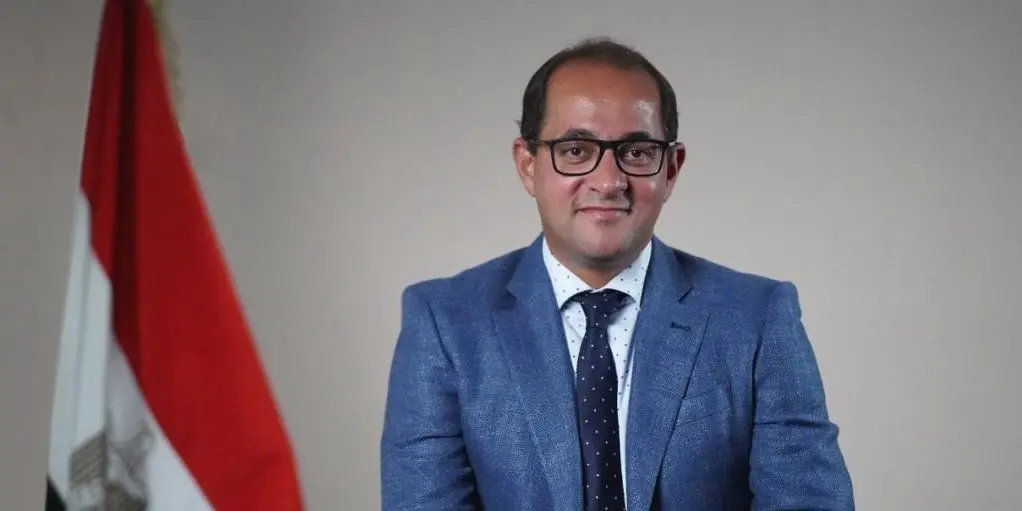Egypt Positions 2026 As Catalyst For Growth
Egypt positions 2026 as a structural pivot, targeting growth through Suez Canal recovery, export expansion, and fiscal restraint; EGP=X stability, EMB spreads, and 10Y yields will test if reforms deliver durable gains amid CL=F and ^TNX volatility.

Egypt’s government is positioning 2026 as the year when stabilization transitions into sustained growth, signaling that the post-crisis correction of 2024–2025 has reached structural depth. Following the currency float and fiscal consolidation measures, macro indicators have turned from volatile to stable: headline inflation slowed to around 11–12% year on year in Q3 2025, reserves have risen to roughly $49 billion—equivalent to 4.5 months of import cover—and the pound has stabilized near EGP 47–48 per dollar (EGP=X). The policy stance now integrates three channels—restored Suez Canal throughput, export-oriented manufacturing, and fiscal rebalancing—to compress risk premia and re-anchor investor confidence.
External adjustment is central to this shift. Suez Canal receipts, which dropped by nearly 40% in 2024 to about $4 billion due to Red Sea disruptions, are expected to normalize through 2026 as maritime flows return and security premiums subside. Restored canal earnings could add around 0.5 percentage points to GDP growth and bolster hard-currency inflows. Industrial exports form the second lever, with the government targeting 8–10% annual growth through new special economic zones in chemicals, agro-processing, and light engineering.
This strategy aims to diversify the export base while crowding in foreign direct investment exceeding $10 billion into tradables rather than real estate. Fiscal policy complements this by redirecting spending from infrastructure toward productive sectors and tightening current expenditure. The authorities project a fiscal deficit of 4.5% of GDP and a primary surplus of at least 1% by 2026, narrowing the public debt ratio toward 85% of GDP from nearly 90% in 2024.
Monetary settings remain tight, maintaining real returns as inflation eases. The Central Bank of Egypt’s policy rate stands at 27.25%, and 10-year local-currency bond yields hover around 20–21%, reflecting residual inflation risk and duration supply. As disinflation consolidates, yields may compress gradually toward—but not below—19% by late 2026 if fiscal credibility and reserve accumulation persist.
The curve remains steep, reflecting market caution rather than distress. In hard-currency markets, Egypt’s sovereign risk has improved: spreads on EMB indices have narrowed to roughly 470 basis points over UST10Y (^TNX) from more than 650 bps at the height of the 2023 stress period, signaling reduced default premium and re-entry potential for portfolio flows.
Investor positioning has started to recalibrate. The EGX30 has gained about 17% year-to-date, led by banks and industrials benefiting from improved FX liquidity and renewed trade financing. Foreign holdings of local Treasury instruments, which had fallen below $6 billion in 2023, are gradually rebuilding as the currency stabilizes and the parallel market premium disappears.
Ratings agencies have shifted outlooks toward stable, recognizing the government’s adherence to fiscal and monetary orthodoxy. With inflation easing, real wage recovery and credit re-expansion are set to support private consumption without derailing price stability. This balance underpins the government’s forecast of 5.0% real GDP growth in fiscal 2025/2026, compared with 4.4% in the preceding year.
Risks remain concentrated in three areas—external shocks, fiscal slippage, and policy sequencing. A renewed slowdown in canal traffic or higher oil prices (CL=F above $90 per barrel) could widen the current-account deficit and reignite imported inflation. Any reversal of fiscal restraint or delays in state-owned enterprise divestments would keep yields elevated and limit debt-service relief. A sustained rise in global yields (^TNX > 4.5%) could widen Egypt’s risk spreads and raise external refinancing costs. Domestically, if inflation stalls above 13% or the exchange rate breaches the current corridor, the central bank would need to extend tight policy through 2026, delaying the transition to expansionary credit conditions.
The signal behind Egypt’s 2026 outlook is one of disciplined normalization—anchoring expectations through a flexible exchange rate, constrained fiscal path, and export diversification. The narrative is verifiable through measurable indicators. By end-2026, credibility requires maintaining a primary surplus of ≥ 1% of GDP, inflation below 12%, non-oil exports growing ≥ 8%, reserves above 4.5 months of imports, and 10-year yields trending toward 19–20% while EGP=X trades within the 45–52 range.
If these thresholds hold and EMB spreads avoid widening beyond 500 bps, Egypt will have converted stabilization into durable reform. Failure on inflation, reserves, or fiscal targets would signal that crisis management has paused volatility but not restored structural resilience.





